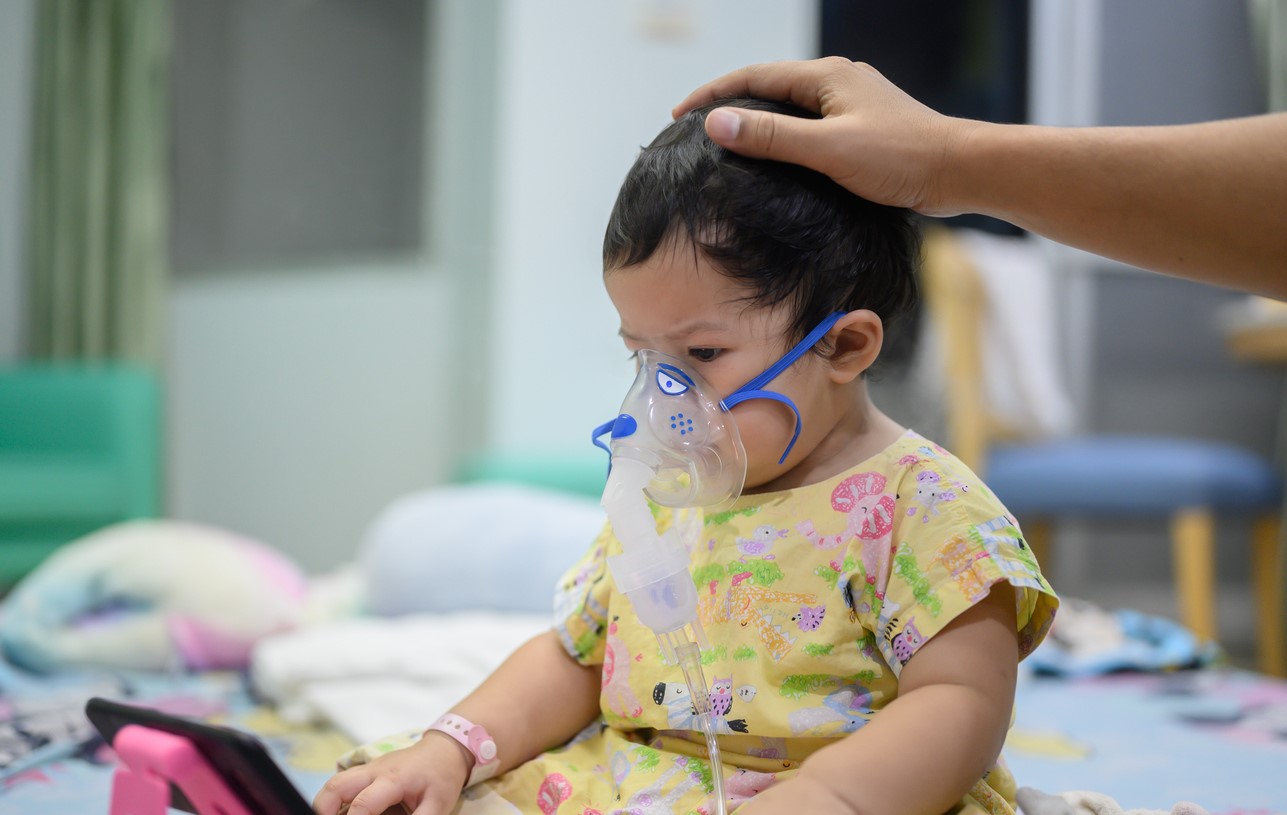A multicenter study conducted in the Netherlands found that screening patients for Clostridioides difficile colonization (CDC) was not useful for preventing C difficile infection (CDI), Dutch researchers reported late last week in Clinical Microbiology and Infection.
In the study, newly admitted patients in the medical and surgical wards at 4 Dutch hospitals were screened by stool culture daily for the presence of CDC, which can progress to symptomatic CDI in some patients if their microbiota is disturbed, and followed 1 one year. Even if colonized patients don't develop an infection, they do shed C difficile spores that could become a source of infection for other patients. The aim of the study was to determine the prevalence of CDC in the hospitals and investigate the value of a CDC screening program for preventing colonized patients from progressing to CDI or transmitting C difficile to other patients.
CDC was present in 108 of 2,211 admissions (4.9%), while colonization with a toxigenic strain (tCDC) was present in 68 of 2,211 admissions (3.1%). Among the 108 colonized patients, 44 different PCR ribotypes (RTs) were found, but the "hypervirulent" RT027 was not detected. Of the 49 colonized patients and 145 control patients enrolled in a case-control study, none developed CDI within a month of admission or during 1-year follow up.
Implementing screening was difficult and burdensome.
Core genome multilocus sequence typing (MLST) identified six clusters with genetically related isolates from tCDC and CDI patients, but in these clusters only one possible transmission event from a tCDC to a CDI patient was identified by epidemiologic data.
"Implementing screening was difficult and burdensome, while those tCDC patients that were detected did not have a high risk of progressing to CDI themselves and were not identified as an important direct source for incident hospitalized CDI cases," the study authors wrote. "Therefore, we think that we should focus on decreasing CDI susceptibility (e.g. by antimicrobial stewardship programs) and complying with general infection prevention measures to prevent spread from C. difficile and other nosocomial pathogens."
 An analysis of surveillance data found that US children commonly received antibiotics for severe COVID-19 during the first year of the pandemic, despite a low prevalence of bacterial infections, researchers
An analysis of surveillance data found that US children commonly received antibiotics for severe COVID-19 during the first year of the pandemic, despite a low prevalence of bacterial infections, researchers  European Food Safety Authority (EFSA) highlights some negative and positive antimicrobial resistance trends in indicator bacteria from humans and food-producing animals.
European Food Safety Authority (EFSA) highlights some negative and positive antimicrobial resistance trends in indicator bacteria from humans and food-producing animals.












